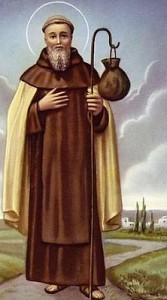
Saint Hilarion (291-371)
Image Courtesy: SQPN
(EWTN) Born in Israel, (*) Hilarion’s parents were idolaters, he was sent to Egypt Alexandra to study grammar when he was still quite young, due to his good nature, he was exceedingly beloved by all that knew him and people were naturally attracted to him throughout his life.
Following his conversion to Christianity according to Franciscan Media Hilarion spent two months with St. Anthony of Egypt (251-356 — Feast Day: 17 January) who spent much of his life in solitude and prayer in the desert. Moved by St. Anthony’s example of virtue, his manner of life, fervent prayer and humility in receiving Brethren.
Hilarion would travel back to his home together with some Monks, upon his arrival according to EWTN — Hilarion, now just 15 yrs of age, would find that his parents had passed, he then would give away all of his possessions, some to his Christian Brethren and the rest to the poor reserving nothing for himself. — Returning to a life of solitude and prayer, Hilarion retired into the desert about 7 miles from Egypt Majuma.
At the beginning of this period, certain bandits who hid in the desert would encounter Hilarion and inquired of him, what if thieves and assassins came to him? Hilarion responded: “The poor and the naked fear no thieves.”
They replied, ‘They may kill you.”
Hilarion replied: “It is true and for this very reason, I am not afraid of them because it is my endeavor to be always prepared for death.”
After spending some 20 yrs in the desert, Hilarion would perform his first miracle:
A certain married Woman of Eleutheropolis (a Roman City in Israel about 30 miles SW of Jerusalem) who was the scorn of her husband for being unable to conceive children, sought out Hilarion and prevailed upon him to pray that God would bless her with a child. Before the end of that year, she conceived a son.
A second miracle, much enhanced Hilarion’s reputation. Elpidius who was subsequently perfect of the ‘praetorium’ and his wife Aristeneta, returning from a visit of they had with St. Anthony, to receive his blessings and instructions arrived into Israel with their three children that had fallen sick — with their fever proving worse than than the power of medicines, their mother Aristeneta distraught sought out Hilarion. Upon his invoking the ‘Holy Name of Jesus’ by the children’s bedside, the children fell into a violent sweat by which they were refreshed and able to eat, to know their mother and kissed Hilarion’s hand.
Upon the report of this miracle, many people flocked to Hilarion, among other miraculous cures, several persons possessed by demons were delivered. As Hilarion’s fame grew, a small group of disciples wanted to follow him. — In time, Hilarion began a series of journeys searching for a place where he could live away from the world, he would later settle in Cyprus, living until the age of 80
Saint Hilarion is celebrated as the founder of ‘Monasticism’ a religious way of life in which one renounces worldly pleasures to devote oneself entirely to a spiritual life.
(*) EWTN reports that St. Hilarion was from Gaza, — I disagree with their historical interpretation of the reference to a geographical location called ‘Palestine’ given its common/ordinary usage today, based upon scholarly and Biblical authority.
For a more detailed analysis see here ‘A Brief Historical Review of the Gaza Jewish Community’ –The Jewish Magazine, 2013
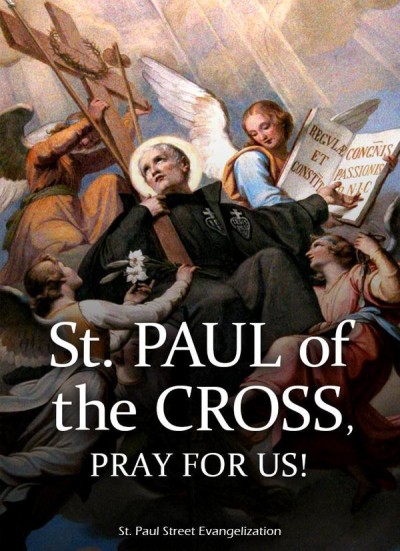 St. Paul of the Cross (1694-1775)
St. Paul of the Cross (1694-1775) Our Lady of Fatima, Mother of Jesus,
Our Lady of Fatima, Mother of Jesus,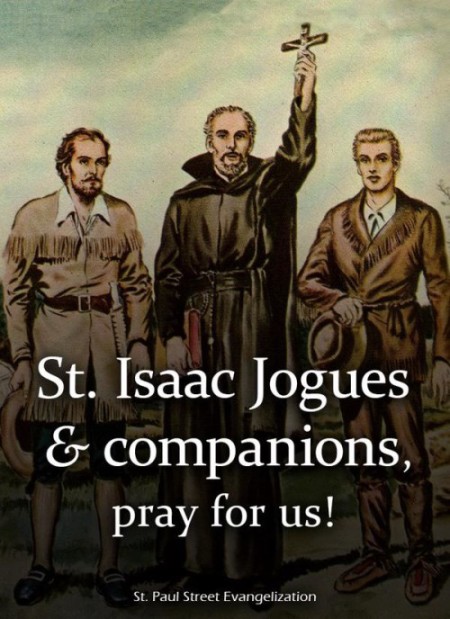 St Issac Jogues (1607-1646) and Companions (1593-1649)
St Issac Jogues (1607-1646) and Companions (1593-1649)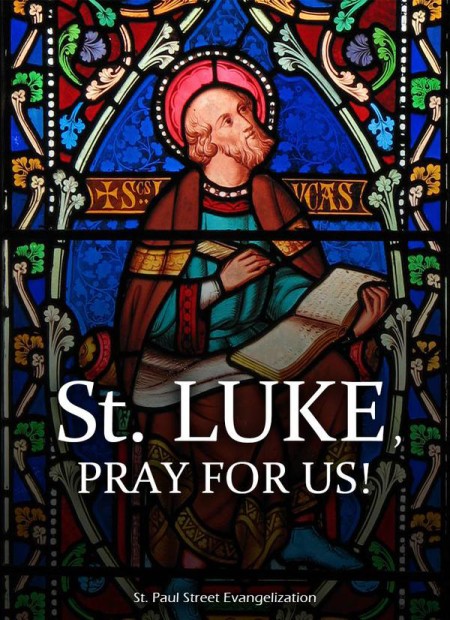 St. Luke the Evangelist & Apostle
St. Luke the Evangelist & Apostle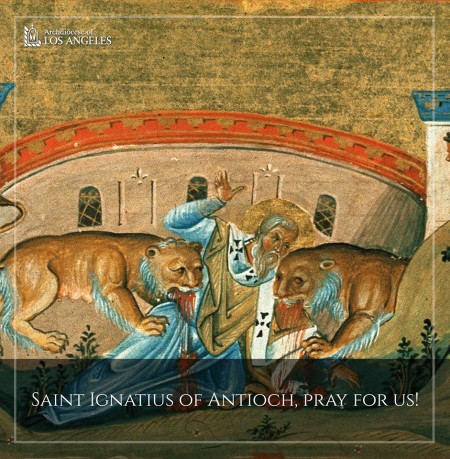 St. Ignatius of Antioch
St. Ignatius of Antioch God said to him (the Rich man) “You fool!
God said to him (the Rich man) “You fool!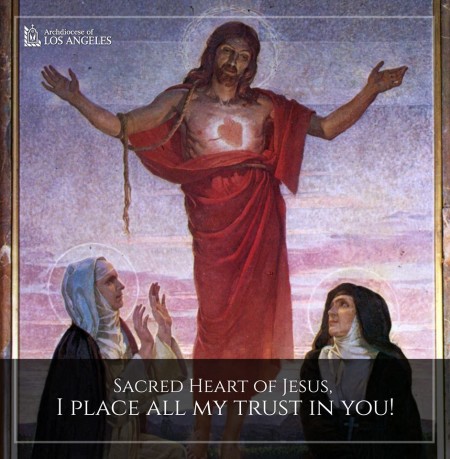 St. Margaret Mary Alacoque (1647-1690)
St. Margaret Mary Alacoque (1647-1690)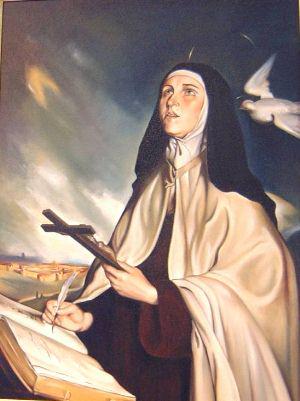 St. Teresa of Avila (1515-1582)
St. Teresa of Avila (1515-1582) 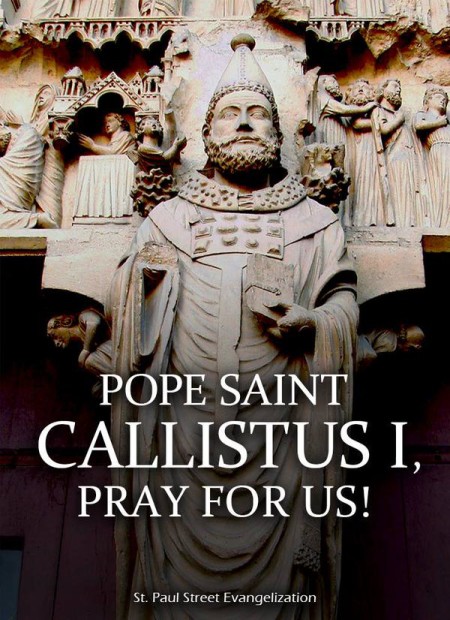 Pope Saint Callistus I
Pope Saint Callistus I